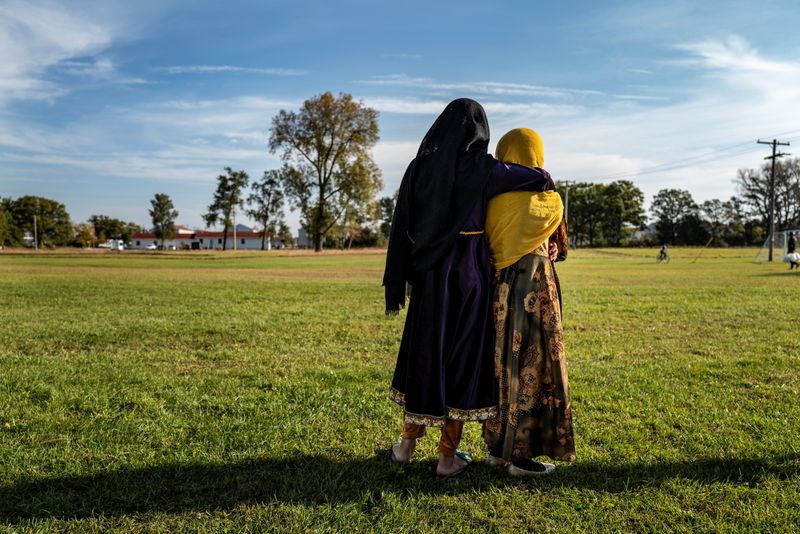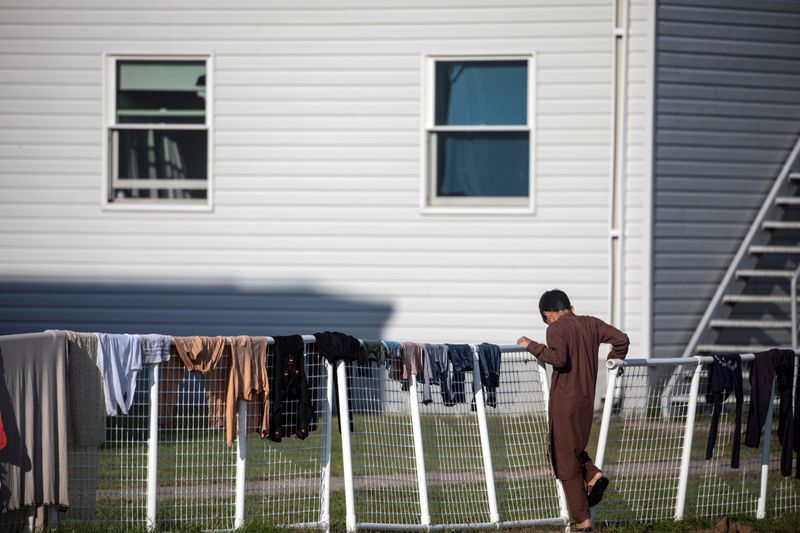Shawn Hubler,
Published: 01 Oct 2021

A syringe is filled with a dose of the Pfizer-BioNTech COVID-19 vaccine at a vaccine centre in Rohnert Park, Calif on Jan 27, 2021. The New York Times
As California’s requirement that all health care workers be vaccinated against the coronavirus took effect Thursday, major health systems reported that the mandate had helped boost their vaccination rates to 90% or higher. In New York, another mandate that began this week compelled thousands of hospital and nursing home workers to get shots. And at several major corporations, executives reported surges in vaccination rates after adding their own requirements.
Until now, the biggest unknown about mandating COVID-19 vaccines in workplaces has been whether such requirements would lead to compliance or to significant departures by workers unwilling to get shots — at a time when many places were already facing staffing shortages. So far, a number of early mandates show few indications of large-scale resistance.
“Mandates are working,” said John Swartzberg, a physician and professor at the School of Public Health at the University of California, Berkeley. “If you define ‘working’ by the percentage of people getting vaccinated and not leaving their jobs in droves.”
Unlike other incentives — “prizes, perks, doughnuts, beer, we’ve seen just about everything offered to get people vaccinated” — mandates are among the few levers that historically have been effective in increasing compliance, said Swartzberg, who has tracked national efforts to increase rates of inoculation.
The various mandates in place are arriving as many employers await further guidance from the Biden administration, which announced sweeping actions in September, including a mandate that all companies with more than 100 workers require vaccination or weekly testing. President Joe Biden also moved to mandate shots for health care workers, federal contractors and a vast majority of federal workers, who could face disciplinary measures if they refuse.
A number of the earliest mandates have been in places where vaccination rates were already relatively high, suggesting that their efficacy in other corners of the country remains somewhat untested. In a June survey by the Kaiser Family Foundation, half of unvaccinated workers nationally said that if their employers mandated vaccination, they would leave their jobs.
And without question, there have been signs of resistance to mandates that have gone into effect. In New York, where about 92% of hospital and nursing home staff members had gotten a shot as of Monday, at least eight lawsuits have been filed and several angry protests have taken place. At United Airlines, which announced that 99% of its workforce was vaccinated, 600 unvaccinated workers were to be fired, the company said.
Still, the pushback has been less dramatic than initially feared. At Houston Methodist Hospital, which mandated vaccines this summer for 25,000 employees, for example, only about 0.6% of employees quit or were fired.
Dorit Reiss, a professor at the University of California Hastings College of the Law in San Francisco who is tracking employer mandates, said that, despite their propensity for backlash and litigation, mandates generally increase vaccine compliance because the knowledge that an order is coming has often been enough to prompt workers to seek inoculation before courts even can weigh in.
Mandates are becoming more commonplace as several other states have imposed requirements for workers. In New York, Rhode Island, Maine, Oregon and the District of Columbia, health care workers must get vaccinated to remain employed. In New Jersey, Pennsylvania, Maryland and Illinois, health workers have the option to be tested regularly if they choose not to get inoculated. In Connecticut, state employees, school employees and child care workers must have at least one vaccine dose or a legitimate religious or medical exemption by the end of the day Monday.
Some of the country’s largest states have already seen some success. In New York, where some 650,000 employees at hospitals and nursing homes were to have received at least one vaccine dose by the start of this week, 92% were in compliance, state officials said. That was up significantly from a week ago, when 82% of the state’s nursing home workers and at least 84% of its hospital workers had received at least one dose.
In California, several major hospital systems reported that hundreds — and in some cases, thousands — more workers had opted to be vaccinated since Aug. 5, when Gov. Gavin Newsom’s administration issued the health order, which allows for limited medical or religious exemptions.
At UC Davis Health in Sacramento, where 94% of some 15,000 workers are now vaccinated, Dr David Lubarsky, the chief executive, said employee compliance was boosted both by the state mandate and an earlier one imposed in July by the University of California.
After the first mandate, he said, the system’s vaccination rate, which had plateaued at about 80%, rose by about 9 points, or roughly 1,350 employees. The needle then moved by another 5 points or so after the second mandate, adding 750 more vaccinated workers. By contrast, Lubarsky said, fewer than 1,000 employees systemwide have requested religious or medical waivers, and about 50 are expected to be so resistant to vaccines that they will face disciplinary action and eventually lose their jobs.
Lubarsky credited the compliance in part to the terrifying rise of the delta variant. Part, too, was from a concerted strategy within the system to educate workers and combat misinformation. But, he said, “as deadlines loom, people tend to make decisions in their best interest.”
“If you’re in health care because you’re committed to taking care of people, then getting vaccinated is a pretty straightforward decision,” said state Sen. Richard Pan, a paediatrician who led a push in recent years to tighten California’s vaccine laws. “If we stand firm, I think most people will step up.”
Much remains unknown though about how mandates will be received in regions of the country with lower vaccination rates and higher levels of hesitancy. In another recent poll by the Kaiser Family Foundation, Americans said fear of the virus’s delta variant, more than mandates, had fuelled their decisions to get vaccinated.
Aggressive health measures in California have yielded one of the nation’s lowest rates of new coronavirus infections, but in parts of the state that are politically conservative or that have active pockets of vaccine resistance, some hospitals reported hundreds of applications for exemptions.
A spokesperson for Enloe Medical Centre in rural Chico, which last week reported a surge of COVID-19 hospitalisations among unvaccinated patients, said this week that about 88% of the staff there was vaccinated. In another case, health authorities said vaccine refusals had left a hospital without ultrasound technicians.
But other companies, including those outside the health care industry, have seen some success in more conservative parts of the country.
When Tyson Foods announced Aug 3 that it would require coronavirus vaccines for all 120,000 of its US employees, less than half of its workforce was inoculated.
Nearly two months later, 91% of the company’s US workforce is fully vaccinated, said Dr Claudia Coplein, Tyson’s chief medical officer.
“At the start of this our vaccination rates in the Southern states were somewhat lower — which was reflective pretty much of the characteristics of what was going on in the country overall,” Coplein said. “But as those areas saw surges, and hospitals became overwhelmed, I think you saw the vaccination rates increase in the communities, but even higher within our plant population.”
Swartzberg, of the University of California, Berkeley, said that businesses have been emboldened in part because government and modern medicine are aligned in the view that mass vaccination is the surest way to move Americans and the US economy beyond the pandemic.
“Companies think, ‘If the government is doing it, why shouldn’t we?’ ”
© 2021 The New York Times Company










